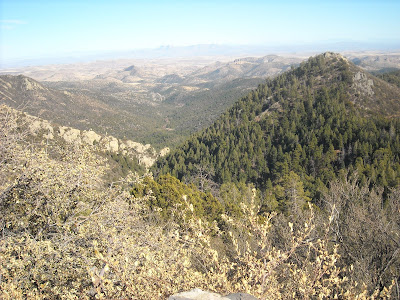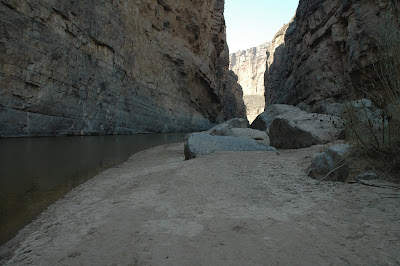Our adventures over the past two weeks did not include access to wireless Internet but did include visits with very good friends here in California. A little fishing with my nephew Buddy and his wife Rose, in the Santa Clarita area, then lots of reminiscing about Air Force and College adventures, or misadventures according to some of the participants, further north on the coast.
We were anxious to touch bases with Russell Moran, who had a double lung transplant two years ago. He is doing well, still a bit too thin, but easily walking up the steep staircase to his second floor apartment. He lives in Oceano, which is just south of the city of Pismo Beach, close to the ocean with miles of sand to cover on a morning walk. We spent some of the time there helping him set up a way to organize all his appointments and notes. No small task considering the number of Doctors he sees.
 Russ and Marlin
Russ and Marlin Russ at home
Russ at homeSteve and Beth Fleming live a few miles away in Arroyo Grande so the five of us spent most of the week on daily activities and evening meals. One night Steve prepared “Beer Butt Chicken” for the group. The original recipe called for sitting a chicken on top of a can of beer and cooking it on the grill. Steve had a better idea. He filled a beer can with wine and spices, covered the bird with a tangy rub and baked it in the oven. Beth completed the meal with potatoes and salad. The prep was lots of fun and the results were fantastic.
 Steve's creation - "Beer Butt Chicken" ready to have his butt stuffed with a can
Steve's creation - "Beer Butt Chicken" ready to have his butt stuffed with a can Beth helps with the prep
Beth helps with the prep
On the can

The finished product

The three musketeers

A hike at an Audubon preserve along the coast

Avila beach

On a cruise to Hawaii, Steve and Beth took ukulele lessons. We had a little sing along and Marlin gave playing a try. Appropriately he was wearing his Bourgeois guitar shirt. Bourgeois is the guitar company that our son James works for. They produce hand made high end guitars for mostly blue grass performers like Ricky Skaggs and Bonnie Reit and the Dixie Chicks
At weeks end we traveled north to Sonora, in the Sierra foothills, for a week with Red Wing and Ed Klawin. Sonora, located in the old California gold rush area, today contains neighborhoods scattered along roads that snake through the tree covered hills and provide space for horse pastures in the majority of the backyards. Marlin and Ed spent a couple of days fishing, while Red Wing and I dove into a scrapbooking project she wanted to begin organizing. She had copies of poetry her father had written to go along with some old family photos. It is going to be a wonderful tribute, but lots of work ahead.

We hiked at a local park through this forest of manzanita trees. The tree bark is a silky smooth deep purple color. These are small young trees, but are still able to create a tunnel effect along the trail.

Red Wing was the nickname, taken from the song, that her dad gave her as a child. Although she doesn't us it much now, when we met her, back in the 60's, that was how we were introduced, so we still call her Red Wing. A friend had the sheet music for the song and gave it to her several years ago. Sherolyn (sp?) will always be Red Wing to us.























 Our last sunset in Texas
Our last sunset in Texas White Sands National Monument in the distance. It looks like snow on the desert from here.
White Sands National Monument in the distance. It looks like snow on the desert from here.  Elephant Mountain Dam and State Park, NM. Where is our boat when we need it!
Elephant Mountain Dam and State Park, NM. Where is our boat when we need it!







































